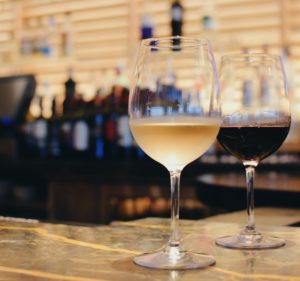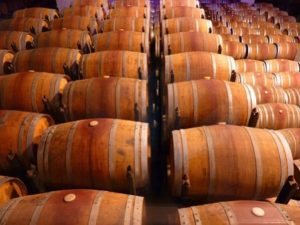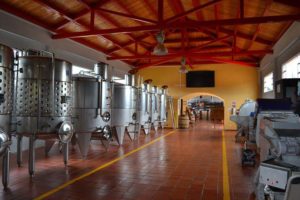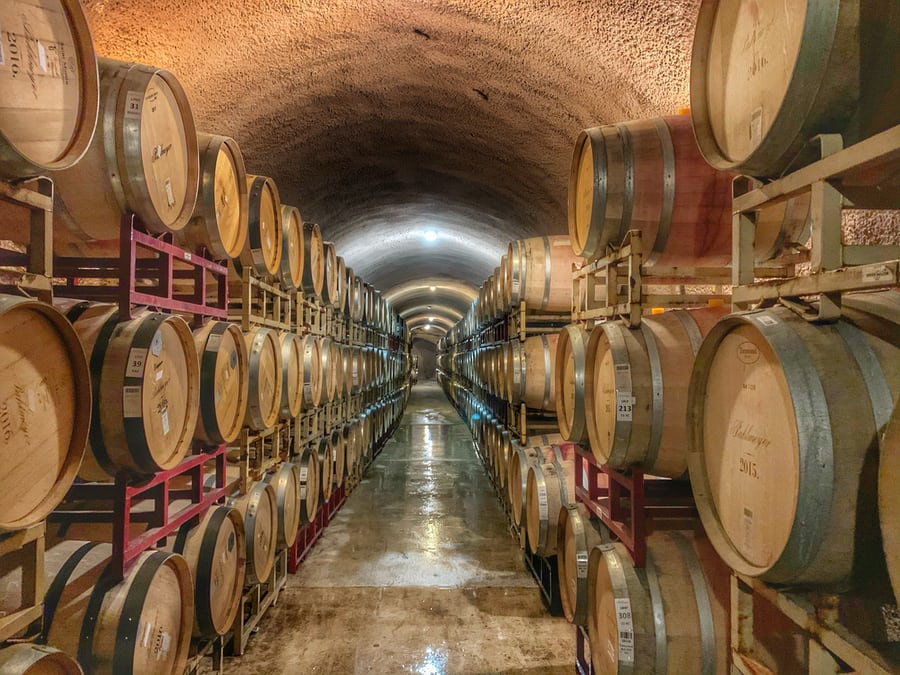If you are a novice in the world of wine, I know that an age-old question or rather query when it comes to the aging of wine is what does oaked, unoaked, stainless-steel mean on a wine label. It can be confusing…American oak, French oak, Hungarian oak, and more. Ugh! What does it mean to my wine and how do I know which wine to choose based on its aging process?

To most winemakers, this is an important question. They age their wines based on how they want them to ultimately taste and feel to the consumer or wine aficionado. For example, for bold reds they may choose to age the wine in oak barrels. What does this do for the wine? Well, it imparts additional flavors over time into the wine. Typical oak flavors are vanilla, clove, cinnamon, caramel, nutmeg, coconut, etc. The winemaker chooses the type of oak based upon which flavors they want to develop in the wine. Aging wine in oak barrels also will soften the tannins that are frequently associated with red wine. White wines can also be aged in oak. Usually, the whites are the more full-bodied whites such as Chardonnay. By aging Chardonnay in oak, it will typically give it a buttery taste.
Examples of typical Oak aged wines: Cabernet Sauvignon, Petit Syrah, Zinfandel, Merlot, Pinot Noir, Gamay, Grenache, Montepulciano, Burgundy, Viognier, and Semillon.

Some winemakers like to age their wine in stainless-steel. By aging in stainless-steel tanks, the flavor is neutral, nothing is added to the wine. Many of the flavors that come out of stainless- steel are more citrus, fresh, fruit forward, acidic. The wine captures the essence of the place where it is grown and the flavor of the fruit without the influence of oak.
Examples of typical Stainless Steel aged wines: Sauvignon Blanc, Riesling, Vinho Verde, Albariño, Chablis, and Chenin Blanc.

So, now that you know what “barrel aged” or “oaked” and “unoaked” or “aged in stainless-steel” mean to the wine, the choice is yours! Look for these terms on the wine label to know if you will be getting a spicy, textured, smooth wine or a bright, fresh, citrusy, fruit forward wine.
My suggestion for a comparison would be picking up a Chardonnay that is oaked and one that is unoaked. Give them a side-by-side taste. Do you detect a difference? It should be clear which is which. This experiment will help you to not only discover which type of wine you prefer but it will help you understand the difference between different types of wine aging. It is the oaked vs stainless steel (unoaked) experiment. Try it…you may uncover a choice you didn’t know you had.

Cheers!

